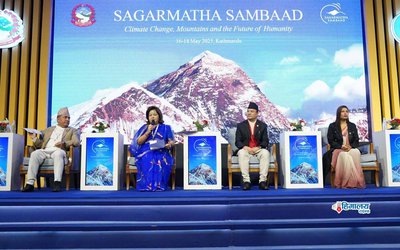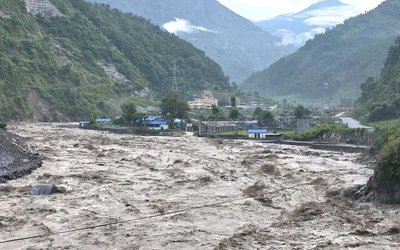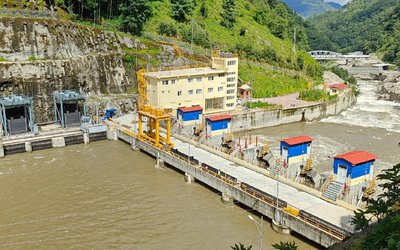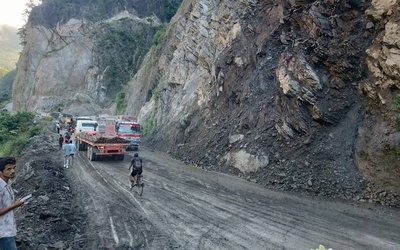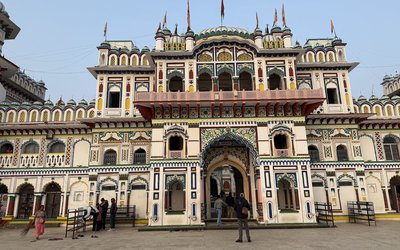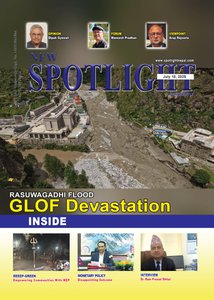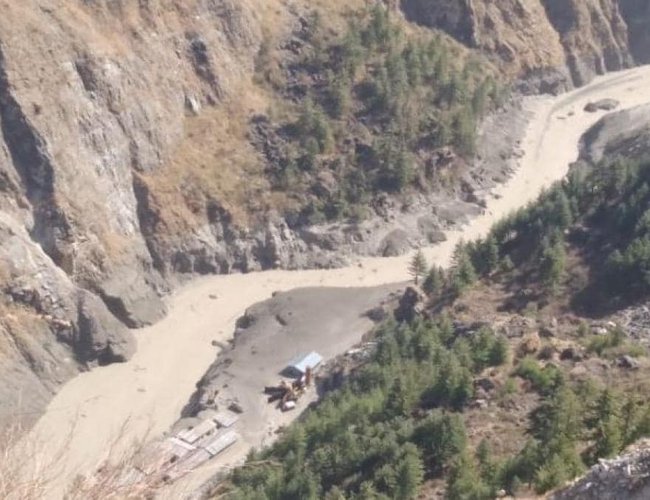
Heritage is more than just ancient artifacts or traditions; it is the essence of human society. It encompasses the histories, landscapes, and customs passed down through generations, connecting us to our past and shaping our identity. From ancient temples to majestic mountains, heritage provides a sense of belonging, sparks creativity, and drives economic growth through tourism.
Recognizing the significance of heritage conservation, UNESCO established the World Heritage Convention in 1972 to safeguard sites of exceptional cultural and natural value. This led to the development of global heritage standards and the inclusion of heritage sites in the World Heritage List. Today, there are 1248 World Heritage Sites in 170 countries, ranging from historic landmarks to natural wonders like Nepal's Sagarmatha National Park. These sites not only captivate us with their beauty but also play a crucial role in preserving history, biodiversity, and cultural heritage.
However, some of the world's most precious heritage sites, particularly those in the Himalayas, are facing a grave threat from rapidly melting glaciers. Climate change, conflicts, and urbanization are posing challenges to their preservation, with glacier-dependent sites being particularly vulnerable. This article delves into the conservation challenges faced by glacier-fed and Himalayan heritage.
Glaciers: Vital Water Sources and Cultural Treasures
Glaciers are not just frozen masses of ice; they serve as the Earth's reservoirs of freshwater. Covering approximately 10% of the planet's surface, glaciers store 70% of the world's freshwater, nourishing rivers that sustain billions of people. In Asia, rivers like the Ganges, Brahmaputra, and Indus rely on Himalayan glaciers for their water supply, supporting agriculture, energy production, and daily livelihoods for millions. Beyond their practical importance, glaciers hold cultural and spiritual significance for many communities, forming an integral part of their heritage.
However, the originality of these cultural and natural heritages is at risk due to the impacts of global warming.
The 2024 State of the Global Climate report by the World Meteorological Organization reveals that the past three years have witnessed the most significant ice loss from glaciers in history. The 2022 World Heritage Glaciers report from UNESCO highlights that there are 50 world heritage sites in glacier regions, where a total of 18,600 glaciers once covered an area of 66,000 square kilometers. The melting of billions of tons of ice annually poses a threat to these glacier-based heritage sites. This melting contributes to a 5% rise in global sea levels. Researchers project that by 2050, one-third of these glaciers will disappear, and by 2100, half of the 50 world heritage sites may lose almost all their ice if emissions are not reduced.
Scientific studies indicate that the key to preserving these glacier-based heritages lies in controlling global temperatures. Research suggests that limiting warming to 1.5°C could save two-thirds of World Heritage glaciers. The most crucial step towards this goal is reducing greenhouse gas emissions. Recognizing the urgent need for glacier preservation worldwide, the United Nations has designated March 21, 2025, as the inaugural World Day for Glacier Preservation, serving as a reminder of the dwindling time. This initiative has brought global attention to the deteriorating state of glacier-based heritage.
In Nepal's Sagarmatha National Park, home to Mount Everest and the Sherpa community, the impact of melting glaciers is already devastating. This World Heritage Site, listed in 1979, was renowned for its glaciers, deep valleys, and endangered species like the snow leopard and red panda. However, the melting glaciers have resulted in catastrophic events such as glacial lake outburst floods (GLOFs). A GLOF struck the Sherpa village of Thame on August 16, 2024, causing extensive damage to houses, a school, a clinic, a nursery, and a monastery. Thame, a vital settlement of approximately 370 people within Sagarmatha National Park, has been a UNESCO World Heritage Site since its listing.
The Sherpa people have a deep connection with the mountains, with their culture closely intertwined with snow and ice. They base their religion, festivals, and way of life on the rhythms of the Himalayas. However, as glaciers melt, this intangible cultural heritage is disappearing. Other regions in the Himalayas, like Mustang, are also facing threats from floods, landslides, and changing weather patterns, putting ancient temples, monasteries, and traditional rituals at risk.
The melting of glaciers is not just a local issue but
a global one. These massive ice formations are crucial for providing water, supporting ecosystems, and preserving cultural traditions. Their loss could lead to water scarcity for billions of people, loss of biodiversity, and an increase in natural disasters like floods and landslides. For communities like the Sherpas in Nepal's Himalayan region, the melting ice represents not just a loss of natural resources but also a threat to their history, culture, and way of life.
While research has been conducted to assess the impact of glacial lake outburst floods (GLOFs) in the Thame area, the cultural implications of these disasters have not been adequately studied. UNESCO is taking steps to evaluate the cultural impact of such disasters in Thame, focusing on intangible heritage through its Local and Indigenous Knowledge Systems (LINKS) Programme, in alignment with the International Year of Glacier Preservation 2025. This assessment aims to understand how disasters affect Himalayan world heritage sites and local communities, with the goal of taking action to protect the cultural heritage of the ecologically fragile and culturally rich Sagarmatha region. By integrating cultural practices and local knowledge into climate resilience efforts, this assessment will play a key role in safeguarding Sagarmatha National Park. The Himalayan regions of Nepal are calling for more research to address the growing mountain hazards and their impact on both cultural and natural heritage.
A Shared Responsibility
Heritage is the legacy of physical artifacts, cultural traditions, and natural landscapes passed down from past generations, valued for their historical, cultural, or environmental significance which plays a vital role in shaping the identity and continuity of communities and nations. It connects people to their roots by preserving cultural practices, traditions, historical sites, and natural landscapes that reflect a shared past. It also serves as an educational resource, offering valuable lessons from history and inspiring creativity and innovation for future generations. Economically, heritage is a powerful tool for development, as cultural and natural heritage sites attract tourism, generate income, and create employment opportunities.
As the World Meteorological Organization succinctly stated, glaciers are the climate memory keepers of our planet, preserving the valuable heritage of human beings. The battle to save our glaciers and glacier-based heritage, along with the stories they hold, is underway. The outcome will determine whether future generations can witness the grandeur of the Himalayas or inherit their narrative. Time is of the essence, but there is hope if we take action now.
In conclusion, Heritage plays a crucial role in human life by preserving the memory of civilizations, fostering identity and pride, and promoting education and tourism. However, climate change poses an alarming threat to these irreplaceable treasures. The rapid melting of glaciers due to global warming results in habitat loss, landscape destabilization, and the potential disappearance of natural wonders, underscoring the urgent need for global action to mitigate climate risks and safeguard these shared human legacies.
The melting of the world's glaciers is a pressing crisis, not a distant issue, and the survival of these ancient ice masses hinges on how quickly and comprehensively we respond. Organizations like the World Weather Organization emphasize that glaciers are crucial for our planet's climate history and provide life for billions of people, making it our responsibility to preserve them. In the high Himalayas and worldwide, efforts to protect them are already underway. The outcome will not only determine the future of these natural wonders but also the heritage and livelihoods they have supported for generations.
(Ghimire, a Journalist, is affiliated with the International Council of Museums (ICOM-Nepal): prakashdocument@gmail.com)



